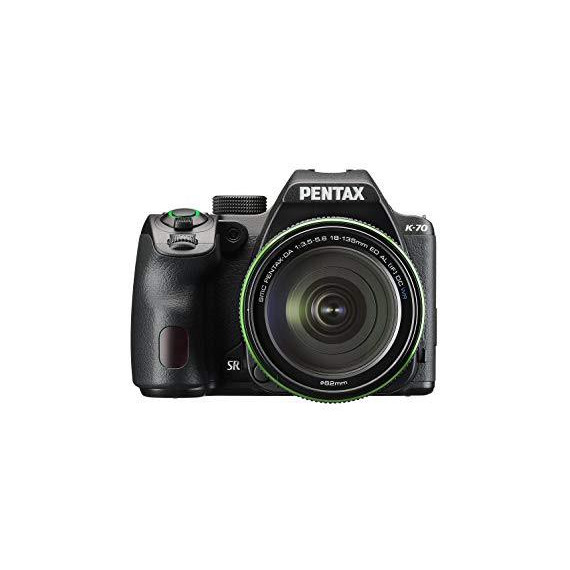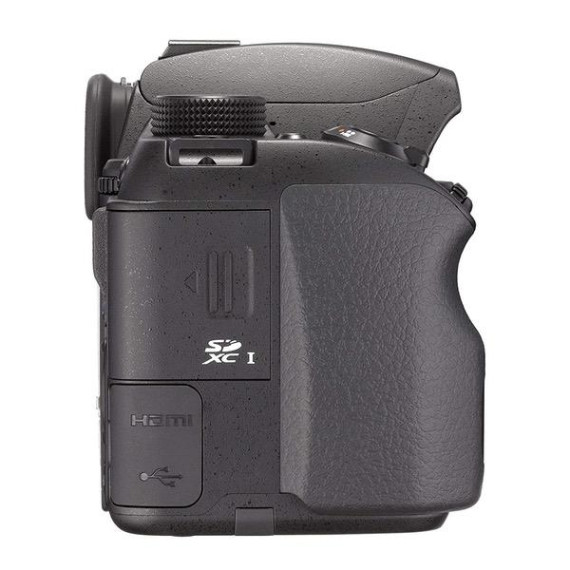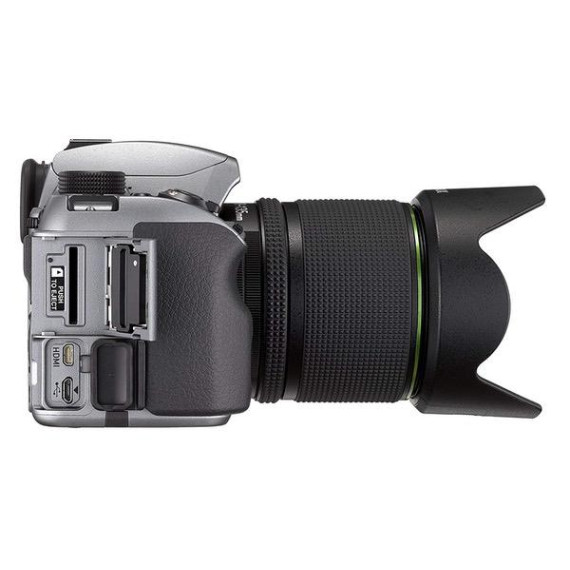Derek Dailey
Pentax K-70 Weather-Sealed DSLR Camera with 18-135mm Lens (Black)
B01GHVIQL0

Serving customers for more than 35 years, Adorama has grown from its flagship NYC stor...
City: US, Pasadena
Delivery
DHL express - Fast
1 day, Door-to-Door, Courier Delivered
from 26$
Pickup at your own expense
Tomorrow from 09:00 to 20:00, Store location
Free
Payment options
Cash, bank card, credit/installment payments, cashless payment for legal entities
Warranty and returns
Exchange/return of products of proper quality within 14 days
Official manufacturer's warranty: 12 months
Features
Style
w/ 18-135mm
Description
This fits your .
Reviews
Photo.Nomad
Jr
AUTISTIC WEREWOLF
Big Dad
andrew
jolash
Daniel Fay
William Smith
michael j farrell
Showing 10 of 20 reviews
Product variations
Please sign in so that we can notify you about a reply











































